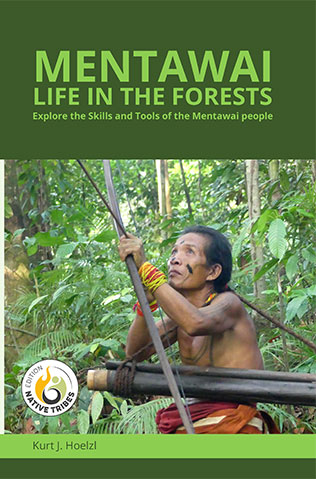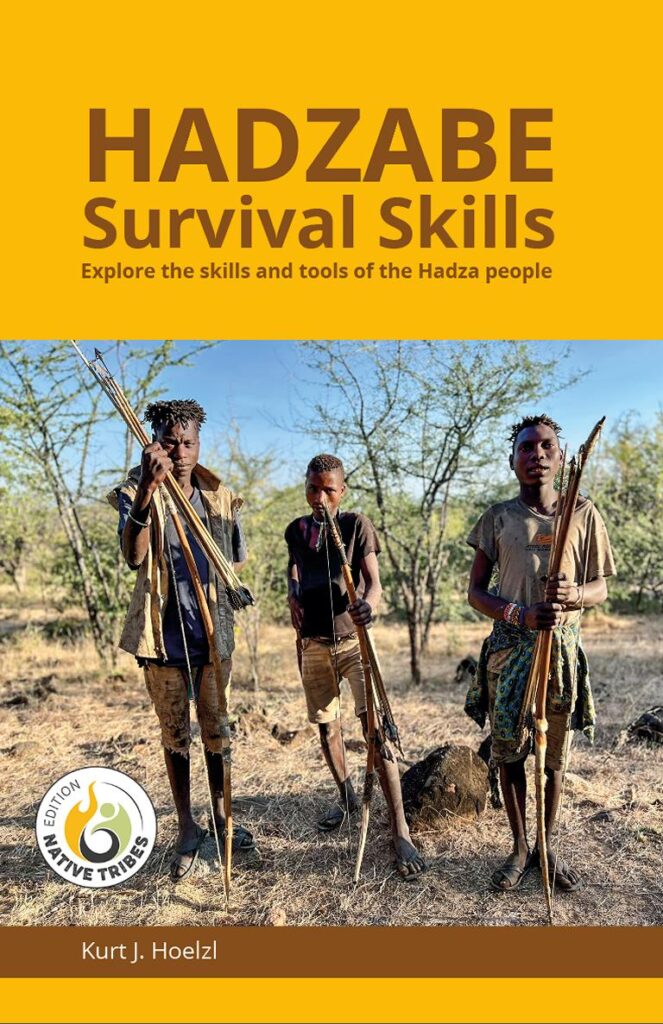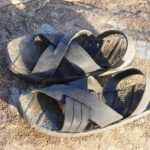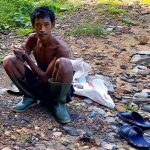In the remaining jungles of Southeast Asia, suitable footwear is of utmost importance for local people and outsiders. The rainforest environment has specific requirements that differ considerably from those of other biomes. However, the suggested footwear not only depends on the environment but also must consider factors such as availability, affordability, and specific requirements for certain activities.
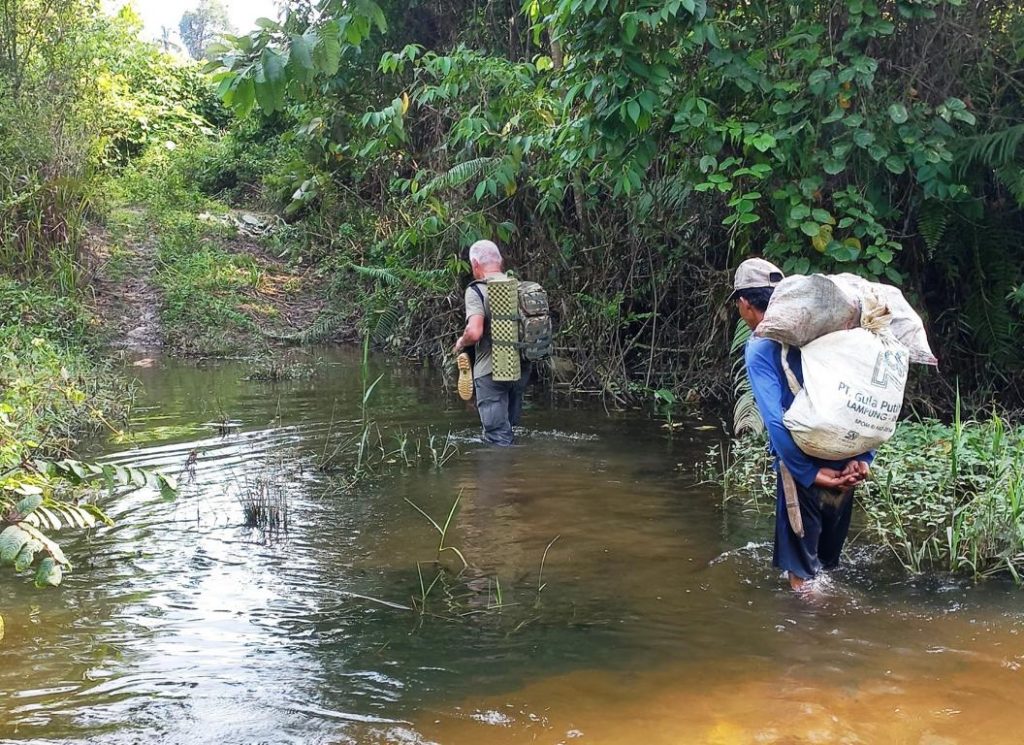
As the topic of jungle footwear is quite an extensive one, it was split up into three articles. This first part covers general requirements, including going barefoot and wearing sandals. The second part will cover shoes, including barefoot shoes, rubber shoes, and trail-running sneakers. And the third part will concentrate on jungle boots, gumboots, and leech-proof and waterproof socks.
Requirements for jungle footwear in Southeast Asia
Technically, humans could walk barefoot in the jungles. What is the reason for covering the feet with artificial footwear, and what are the required functions of it? The following list will give an overview of the influences on footwear functions in this environment.
Protection against cuts and stings.
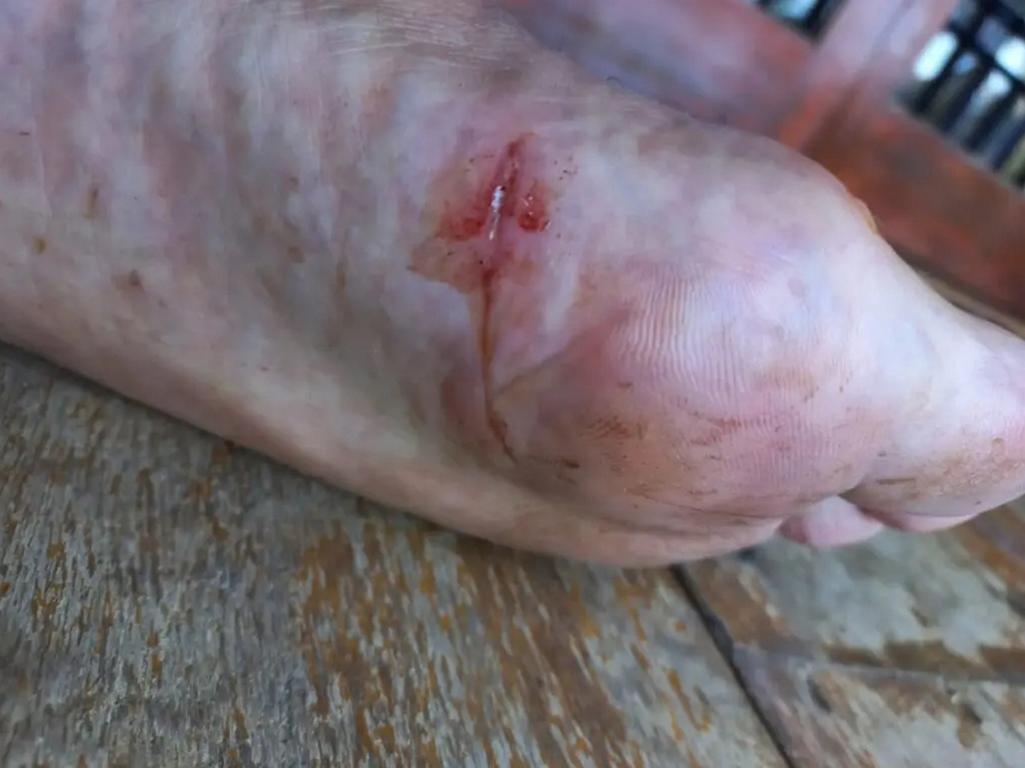
Main threats are shed rattan palm leaf sheaths, rattan palm flagella thorns, Nibong palm thorns, and thorned lianas. The footwear sole has to protect the underside of the foot from cuts and stings.
Protection against arthropod (insects, arachnids, crustacea, centipedes) and reptile bites.
Not only does the underside of the sole have to be protected, but also the sides of the foot up to a height of about 5 cm, which is 2 inches, have to be included in this protection.
When walking during the day in the forests, the threat of getting bitten by a highly venomous snake is low. Pit vipers are plentiful around, but they prefer to stay arboreal and can be seen from a distance between one and two meters on sturdy branches above the ground. Locals will avoid these known locations, which are often concentrated in densely wooded small valley grounds. Cobras are generally considered low danger if left alone, and they will bite higher up on the calf area, which can only be protected by snake gaiters, gumboots, or high-cut jungle boots.
Protection against abrasion
Mainly on hard materials, like sharp stones and rocks. There should be a toe box to prevent these abrasions.
Providing traction on steep and slippery soil.
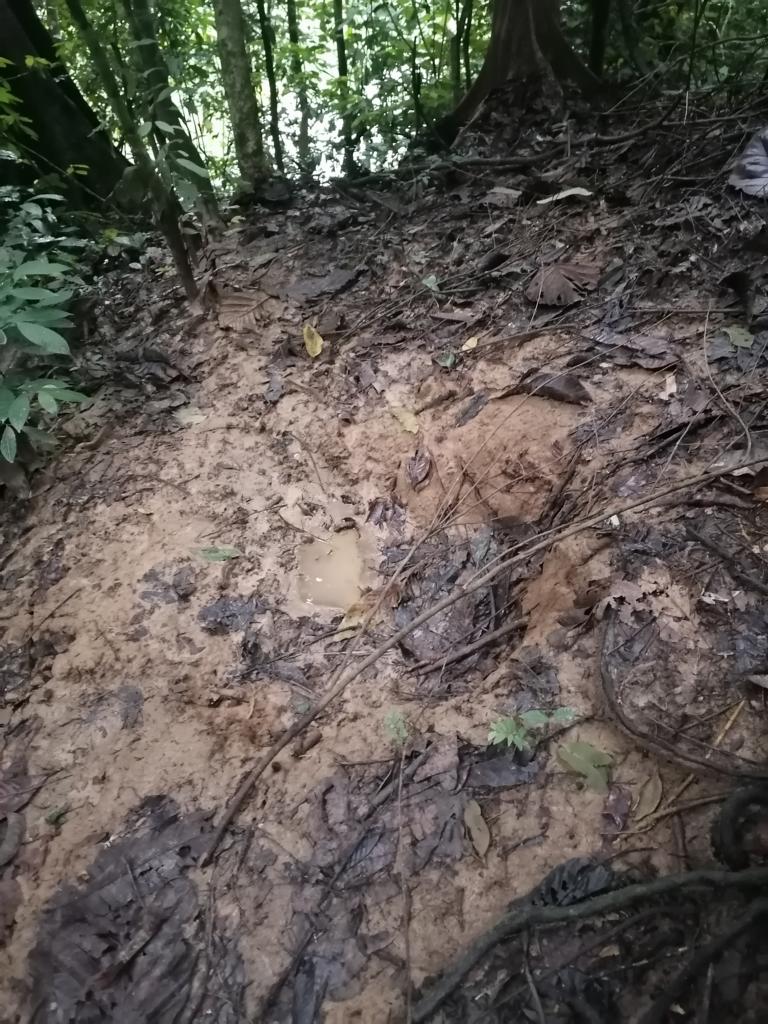
The soil in rainforests in Southeast Asia consists mainly of clay, which is covered with only a thin layer of leaves. There is nearly no compost layer between the leaves and the clay, which makes the clay exceedingly slippery. The most slippery soil is found in pure bamboo stands on steep hills. There are only about two layers of recently fallen bamboo leaves covering the clay.
This type of ground requires a rigid, sturdy sole with studs, which allows for friction walking up steep, slippery hills, as well as using the heel area for walking downhill. Additionally, the shoe sole should be able to cut into the soil for walking sideways. In many ways, this type of walking is very similar to walking in icy snow or on snow crusts in other parts of the world.
Providing grip on slippery rocks and tree trunks.
Often, brooks and streams have to be crossed. On the stones and rocks inside the water, algae frequently grow, making the area slippery to walk on. In other regions, stones consist of marl, which is unusually lightweight in water and develops a slimy surface on its own. And, in some places, waterways have to be crossed on tree or palm trunks. For all these movements, it is necessary to have a footwear sole that is slip-resistant but provides a secure grip.
Avoiding leeches.
Leeches are a common nuisance in rainforests. The number of leeches per square unit changes at each location as well as with the time of the year. They are most active during the rainy season. Statements about preferred locations cannot be given, as locals say that one valley or stretch of land is more heavily infested than another. Factual reasons for that have not been established to date.
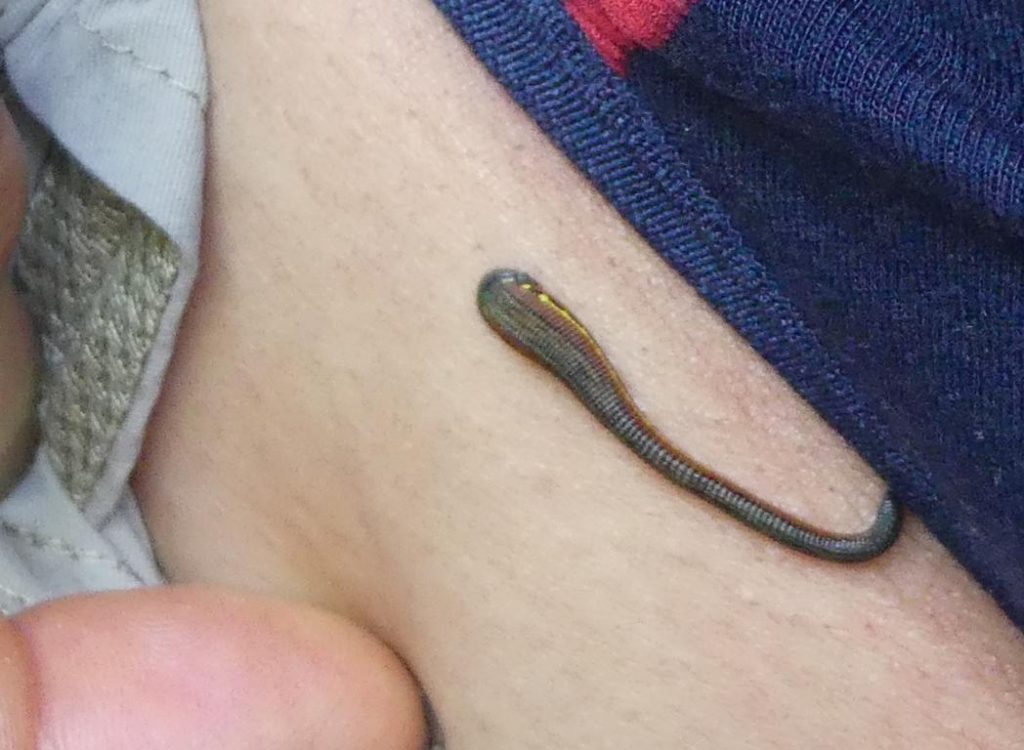
To find them as early as possible on their journey to a meal from your blood, the skin has to be checked frequently. Therefore, walking barefoot is the best. The next best option is gumboots, which feature a long, flat surface on the boot shafts. Another effective measure to prevent leeches’ ingress is wearing leech-proof or water-proof socks. All other jungle footwears provide places to hide for them. Even under the toe straps of sandals, they can be found. Worst, however, are so-called jungle boots, which offer them a comfortable access between the thong and the shaft to wiggle towards the victim’s skin.
In the following, we will discuss the lack of footwear or minimal foot protection when walking in the jungles.
Walking barefoot
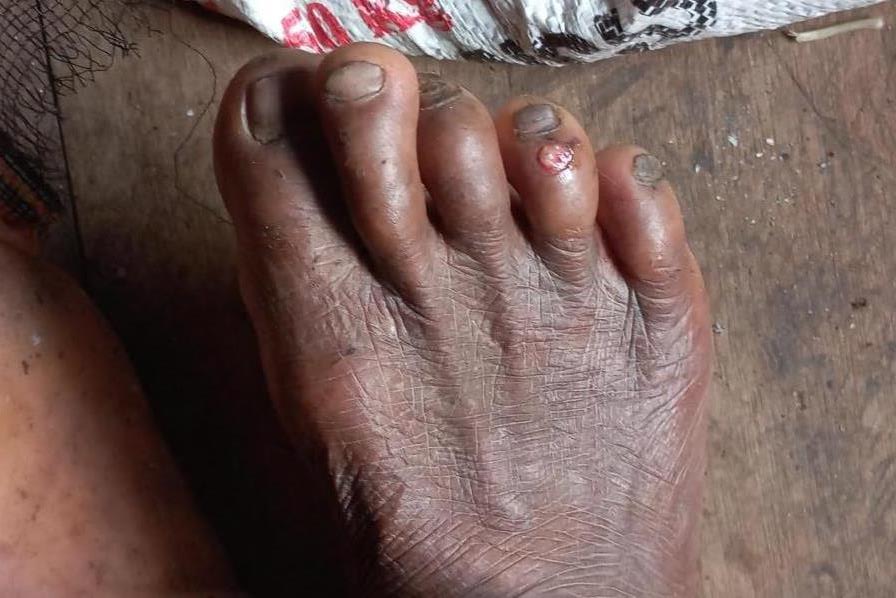
Walking barefoot in Southeast Asian jungles is the most natural way to move in the terrain. It provides a remarkably positive haptic experience when walking over leaves, other plants, mud, and water. Little attention is required to the surface when walking barefoot. Just around rattan palms, barefooters have to be careful not to step on rattan leaf sheaths or rattan flagella. Stinging or biting animals on the ground are scarce in this part of the world. Minor wounds to the toes are regularly inflicted when walking over rocks in streams.
The significant advantage of walking barefoot in jungles is that the toes can be used as gripping tools on the omnipresent clay. They provide excellent traction when walking on flat ground or walking upwards. Walking downward is more of a problem, as the heels will not grip into the soil efficiently. Also, leeches cannot hide somewhere when walking barefoot. They are seen and can be removed early.
Plastic slippers and Flip-flops
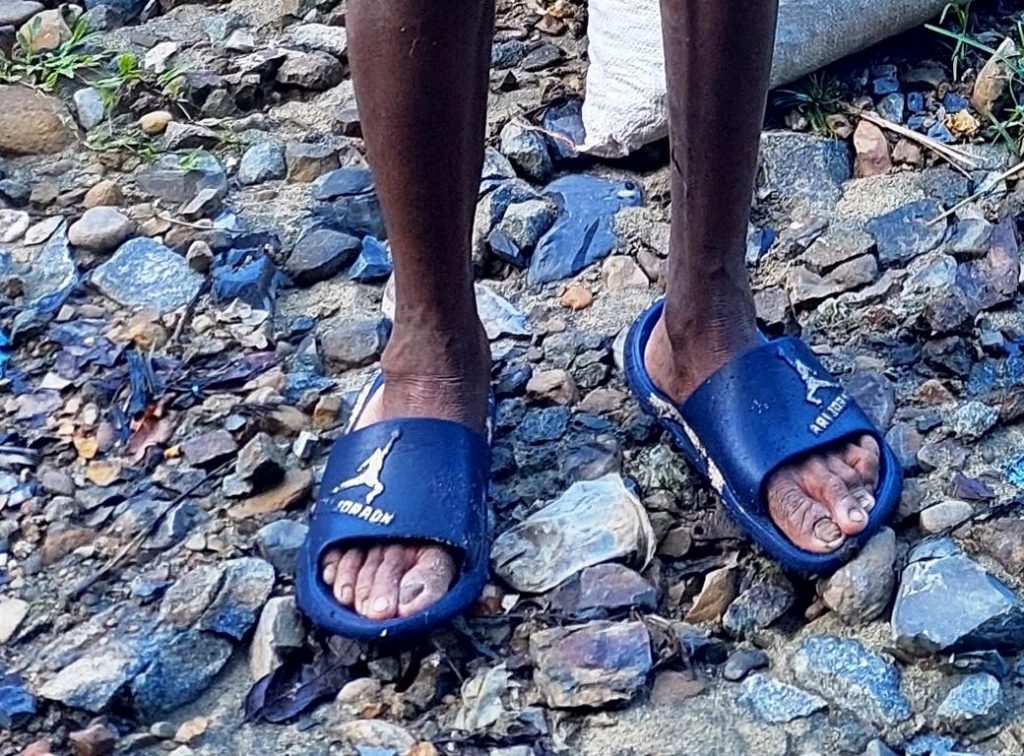
Most of the indigenous people living in Southeast Asian rainforests use this type of footwear, in addition to going barefoot. They are cheap, robust, and prevent stings and scratches on the foot sole. Leeches can be easily seen and removed. Before walking through water, swampy areas, or steep terrain, they are taken off with one flip. Slippers and flip-flops, however, are merely an extension of going barefoot. They cannot be recommended as jungle footwear on their own.
Lightweight flip-flops, covered by natural materials, should be packed for use in the camp. When walking all day in wet conditions, the feet need time to dry, and flip-flops of this kind will greatly assist.
The following article, Jungle footwear for Southeast Asia, Part 2, will cover shoes, including barefoot shoes, rubber shoes, and trail-running sneakers. And Part 3 will concentrate on jungle boots, gumboots, leech-proof and waterproof socks.
Lessons learned about jungle footwear in Southeast Asia, Part 1:
- Various requirements influence the choice of jungle footwear.
- These are protection against injuries, providing grip and traction, and keeping leeches away.
- Many locals are still walking barefoot in the jungle.
- They use sandals to protect the soles of their feet.
- Flip-flops are a convenient footwear for the camp.
.

